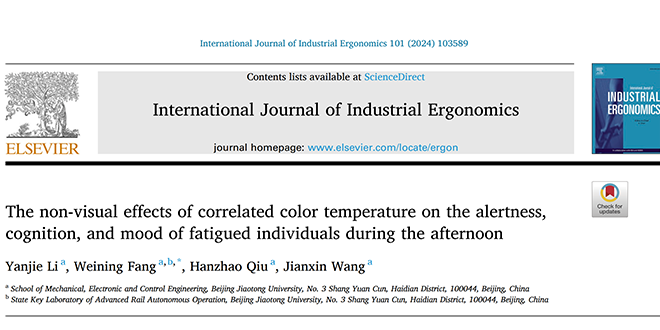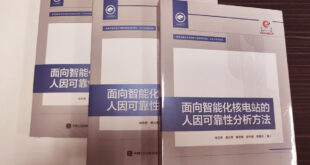Railway dispatchers are prone to mental fatigue due to prolonged periods of intense concentration. As the main or even the only light source in the enclosed control centers, artiffcial lighting has non-visual effects on human alertness, cognition, and mood. To investigate whether external environmental cues could counteract performance decline induced by endogenous cardiac exhaustion, the current study modulated four correlated color temperature (CCT) levels and developed one visual task and six cognitive tasks representing basic and advanced cognitive functions, including sustained attention, response inhibition, working memory, risk decision-making, executive control, and emotion perception. A within-subjects design was employed to collect subjective and behavioral responses under both normal and fatigued mental antecedent states. Electroencephalogram (EEG) with alpha and theta bands as well as four fatigue-related algorithms including θ/β, α/β, (θ+α)/β, and (θ+α)/(α+β) were analyzed to explore the underlying neural mechanisms behind these responses. The results indicated a complex interactive pattern of CCT and mental antecedent state on alertness, cognition, and mood. Higher CCT had a supportive effect on subjective alertness and positive mood, independent of mental antecedent state. However, it exhibited a slight performance-impairing effect on sustained attention tasks. Conversely, higher CCT demonstrated a signiffcant enhancement in advanced cognitive functions for fatigued individuals. EEG data revealed alpha oscillations increased, but theta activity and (θ + α)/β suppressed at 12,000 K, suggesting higher CCT partially alleviated the decline in alertness and cognition induced by mental fatigue. To develop an appropriate photobiological lighting scheme for fatigue intervention, larger and longer-term studies are needed in the future to measure a range of confounding factors and individual differences.
Yanjie Li a , Weining Fang a,b,* , Hanzhao Qiu , Jianxin Wang. The non-visual effects of correlated color temperature on the alertness, cognition, and mood of fatigued individuals during the afternoon.International Journal of Industrial Ergonomics.https://doi.org/10.1016/j.ergon.2024.103589
 复杂系统人因与工效学研究所
复杂系统人因与工效学研究所

